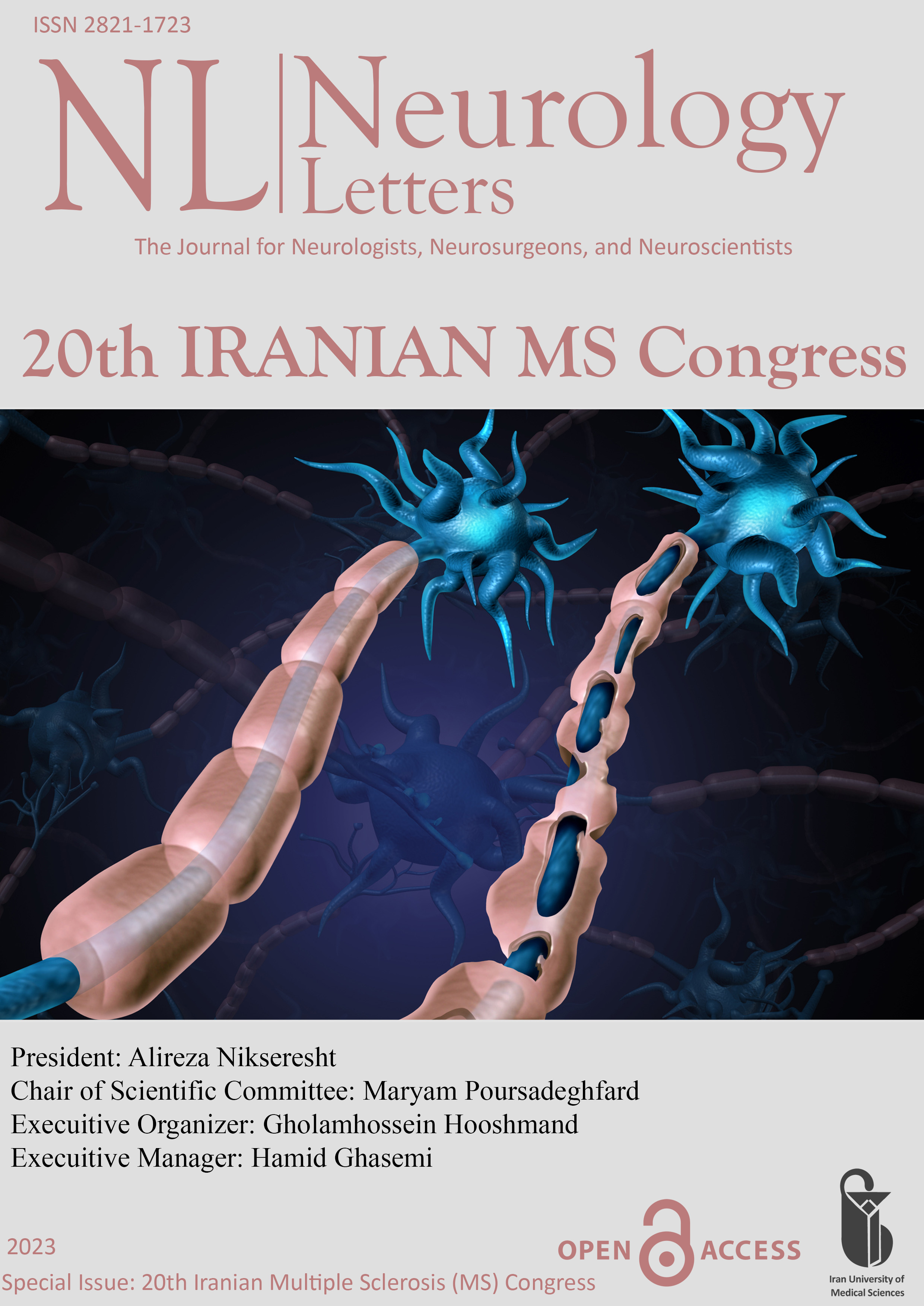Neuromyelitis Optica Spectrum Disorders (NMOSD); Diagnostic criteria (ORP-56)
Document Type : Oral Presentation
Author
Clinical Neurology Research Center, Shiraz University of Medical Sciences, Shiraz, Iran
Abstract
Neuromyelitis optica spectrum disorders (NMOSD) is an autoimmune astrocytopathy. The term NMOSD is used as an umbrella term that refers to Aquaporin-4 (IgG) positive NMO and some closely related clinical syndromes without AQP4-IgG. Core clinical features of the disease are optic neuritis acute myelitis, area postrema syndrome (episode of unexplained hiccups or nausea and vomiting), acute brainstem syndrome, Symptomatic narcolepsy or acute diencephalic clinical syndrome (with NMOSD-typical diencephalic MRI lesions), symptomatic cerebral syndrome (with NMOSD-typical brain lesions).
Diagnostic criteria: For an IgG-positive situation, one clinical core presentation is enough to diagnose. However, in seronegative patients At least 2 core clinical characteristics and meeting all of the following requirements are mandatory:
At least 1 core clinical must be optic neuritis, acute myelitis with long-extending transverse myelitis (LETM), or area postrema syndrome.
Dissemination in space (2 or more different core clinical characteristics).
Fulfillment of additional MRI requirements.
Additional MRI requirements include normal findings or only nonspecific white matter lesions in brain MRI or T2 lesion or gad enhancing lesion extending over 1/2 optic nerve or involving optic chiasm in orbital MRI. Also, Intramedullary MRI lesions extending over 3 contiguous segments or 3 contiguous segments of focal spinal cord atrophy in patients with complaints compatible with acute myelitis. Associated dorsal medulla or area postrema lesions in area postrema syndrome and associated peri-ependymal brainstem lesions in acute brainstem syndrome should be documented.
Red flags: Clinical or Laboratory findings which are atypical for NMOSD diagnosis are Progressive overall clinical course, atypical time to attack nadir (less than 4 hours), continual worsening for more than four weeks from attack onset, partial transverse myelitis, especially not associated with LETM, presence of CSF oligoclonal bands. In MRI, Imaging features suggestive of MS or other than MS and NMOSD (lesions with persistent [3 months] gad enhancement) are atypical for NMOSD.
Keywords
 Neurology Letters
Neurology Letters
